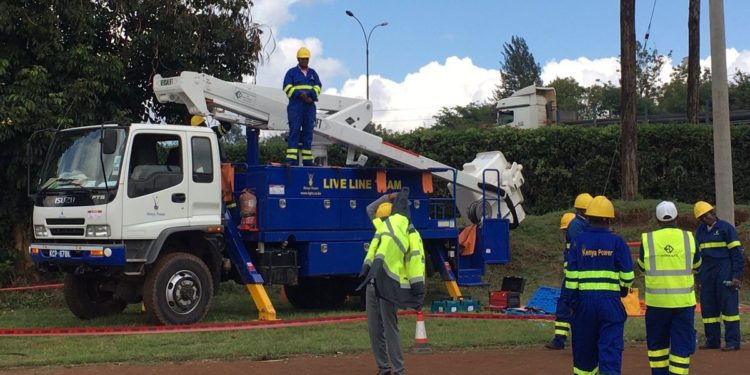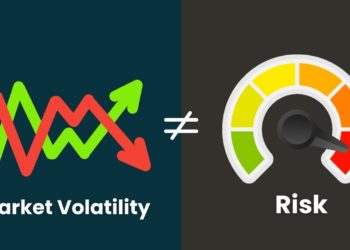Voltage along Kenya Power’s transmission lines is poised to undergo a twofold increase as the company endeavors to mitigate the substantial annual financial losses stemming from technical inefficiencies.
In the electricity transmission sector, there exists an inverse relationship between voltage and current, where higher current levels lead to increased heat generation, thereby resulting in energy loss.
Consequently, companies within the industry strive to minimize such losses by elevating the voltage, consequently reducing current flow and mitigating energy dissipation along power lines.
Joseph Siror, the Managing Director of Kenya Power, emphasized this strategy, stating, “If you double the voltage that you use to move power, you reduce the technical losses by a quarter.”
The necessity for such measures is underscored by Kenya Power’s escalating losses, which reached 23% by June 2023, with half attributed to technical inefficiencies such as leakages, and the remainder arising from commercial issues like power theft in informal settlements.
Addressing the challenges associated with reducing technical losses, Dr. Siror highlighted the prohibitive costs involved, particularly in implementing measures such as replacing copper wires to diminish resistance, a primary cause of heat generation.
Kenya Power’s technical losses are exacerbated by the predominance of low-voltage distribution lines, which account for the majority of its infrastructure, in contrast to a relatively small portion of high-voltage transmission lines that exhibit lower resistance and consequently fewer technical losses.
These developments have been instigated in response to directives from the Energy and Petroleum Regulatory Authority (EPRA), which has mandated a reduction in the permissible level of losses that Kenya Power can pass on to consumers through tariff adjustments, lowering it from 19.9% to 18.5%.
Thus, unless Kenya Power effectively addresses its system losses, it will continue to shoulder a growing burden of financial losses independently.


















